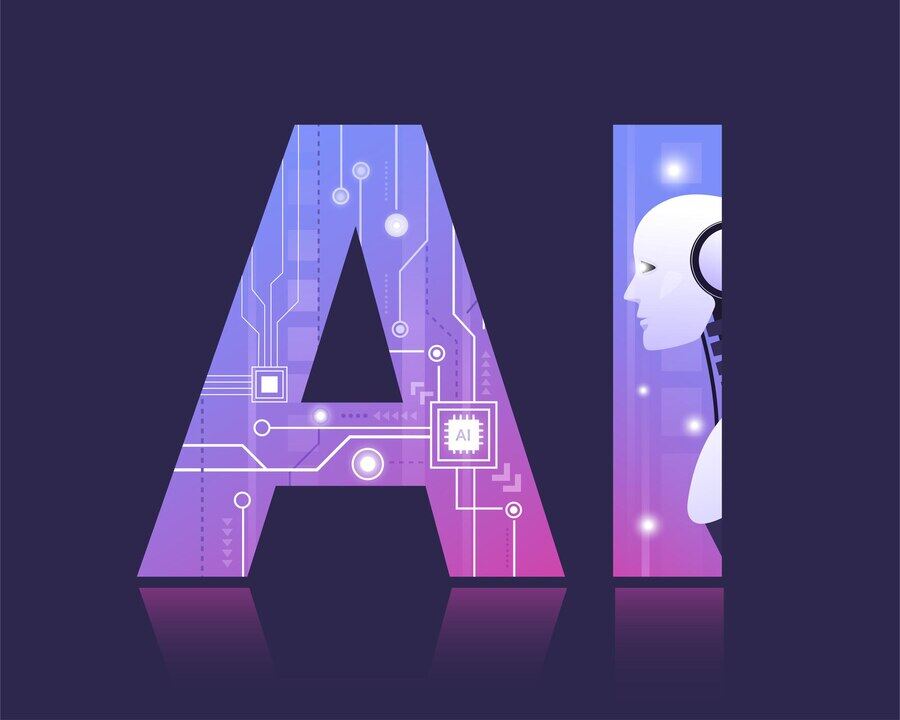Artificial Intelligence (AI) is transforming various industries by enabling machines to recognize patterns, objects, and behaviors with remarkable accuracy. But how many types of recognition are there in AI? Understanding the different types can provide deeper insights into how AI is shaping our world. In this blog, we'll explore the various types of recognition in AI, their applications, and how they contribute to the advancements in technology.
What is Recognition in AI?
Recognition in AI refers to the ability of machines to identify and categorize objects, patterns, or information from data inputs. This process involves analyzing data, learning from it, and making accurate predictions or classifications. Recognition capabilities are central to many AI applications, from image and speech recognition to natural language processing and behavior analysis.
Types of Recognition in AI
1. Image Recognition
Overview
Image recognition is the process by which AI systems identify objects, people, places, and actions in images. It involves analyzing visual data and interpreting its contents.
Applications
- Facial Recognition: Used in security systems, social media, and mobile devices for identifying and verifying individuals.
- Object Detection: Essential for autonomous vehicles, robotics, and surveillance systems to detect and classify objects within a scene.
- Medical Imaging: Helps in diagnosing diseases by analyzing X-rays, MRIs, and CT scans to identify anomalies.
Techniques
- Convolutional Neural Networks (CNNs): A type of deep learning algorithm highly effective for image recognition tasks.
- Transfer Learning: Using pre-trained models on large datasets to improve recognition accuracy on new, smaller datasets.
2. Speech Recognition
Overview
Speech recognition enables AI systems to understand and process human speech. It involves converting spoken language into text.
Applications
- Virtual Assistants: Devices like Amazon Alexa, Google Assistant, and Apple's Siri use speech recognition to interact with users.
- Transcription Services: Converts audio recordings into written text, useful for meetings, lectures, and customer service.
- Voice Command Systems: Allows hands-free control of devices and applications, enhancing accessibility and convenience.
Techniques
- Hidden Markov Models (HMMs): Used to model the sequence of sounds in speech.
- Recurrent Neural Networks (RNNs): Particularly effective for processing sequential data, including speech signals.
- End-to-End Models: Integrate all stages of speech recognition into a single deep learning model, improving efficiency and accuracy.
3. Text Recognition
Overview
Text recognition, also known as Optical Character Recognition (OCR), involves converting printed or handwritten text into machine-readable data.
Applications
- Document Digitization: Transforms physical documents into digital formats for easier storage, search, and retrieval.
- Data Entry Automation: Reduces manual entry errors and speeds up data processing in various industries.
- Assistive Technology: Helps visually impaired individuals access printed text through digital devices.
Techniques
- Template Matching: Compares input text against a set of predefined templates.
- Feature Extraction: Identifies unique features of characters to distinguish between different letters and numbers.
- Deep Learning: Uses neural networks to improve the accuracy of text recognition by learning from large datasets.
4. Activity Recognition
Overview
Activity recognition is the process of identifying human actions or behaviors from data, often captured by sensors or cameras.
Applications
- Healthcare Monitoring: Tracks patient activities to monitor their health status and detect any unusual behaviors.
- Fitness Tracking: Used in wearable devices to recognize and record physical activities like walking, running, or cycling.
- Security Systems: Detects suspicious activities in public places to enhance safety and security.
Techniques
- Sensor Fusion: Combines data from multiple sensors (e.g., accelerometers, gyroscopes) to improve recognition accuracy.
- Machine Learning Algorithms: SVMs, decision trees, and neural networks are commonly used for classifying activities.
- Deep Learning: Enables more complex activity recognition by learning from large datasets of human behavior.
5. Emotion Recognition
Overview
Emotion recognition involves detecting and interpreting human emotions from various inputs, such as facial expressions, voice tones, and physiological signals.
Applications
- Customer Service: Enhances interactions by adapting responses based on the customer’s emotional state.
- Mental Health Monitoring: Identifies emotional distress or changes in mood to provide timely interventions.
- Human-Computer Interaction: Improves user experience by making interactions more responsive to emotional cues.
Techniques
- Facial Expression Analysis: Uses computer vision to analyze facial movements and expressions.
- Voice Analysis: Detects emotions from speech patterns and voice modulations.
- Physiological Signal Analysis: Monitors heart rate, skin conductance, and other physiological signals to infer emotions.
6. Pattern Recognition
Overview
Pattern recognition involves identifying regularities and patterns in data. It is fundamental to various AI applications across different domains.
Applications
- Fraud Detection: Identifies unusual patterns in financial transactions to detect fraudulent activities.
- Quality Control: Ensures product quality in manufacturing by recognizing defects or deviations from standards.
- Scientific Research: Helps in analyzing complex data patterns in fields like genomics, astronomy, and climate science.
Techniques
- Statistical Methods: Uses statistical algorithms to identify patterns in data.
- Machine Learning: Employs supervised and unsupervised learning techniques to discover and classify patterns.
- Deep Learning: Utilizes neural networks to recognize intricate patterns in large and complex datasets.
Conclusion
Recognition capabilities in AI are diverse and impactful, spanning from visual and auditory recognition to understanding human behaviors and emotions. Each type of recognition leverages advanced algorithms and techniques to analyze and interpret data, driving innovation and efficiency across various industries. As AI continues to evolve, we can expect these recognition technologies to become even more sophisticated and integrated into our daily lives, enhancing everything from security and healthcare to customer service and beyond.
By understanding the different types of recognition in AI, we can better appreciate the complexities and potential of this transformative technology. Whether you're a tech enthusiast, a professional in the field, or simply curious about AI, keeping abreast of these developments will help you stay informed and engaged with the rapidly advancing world of artificial intelligence.

